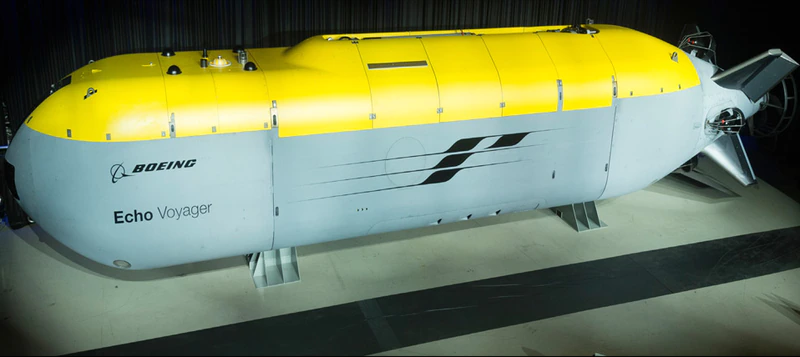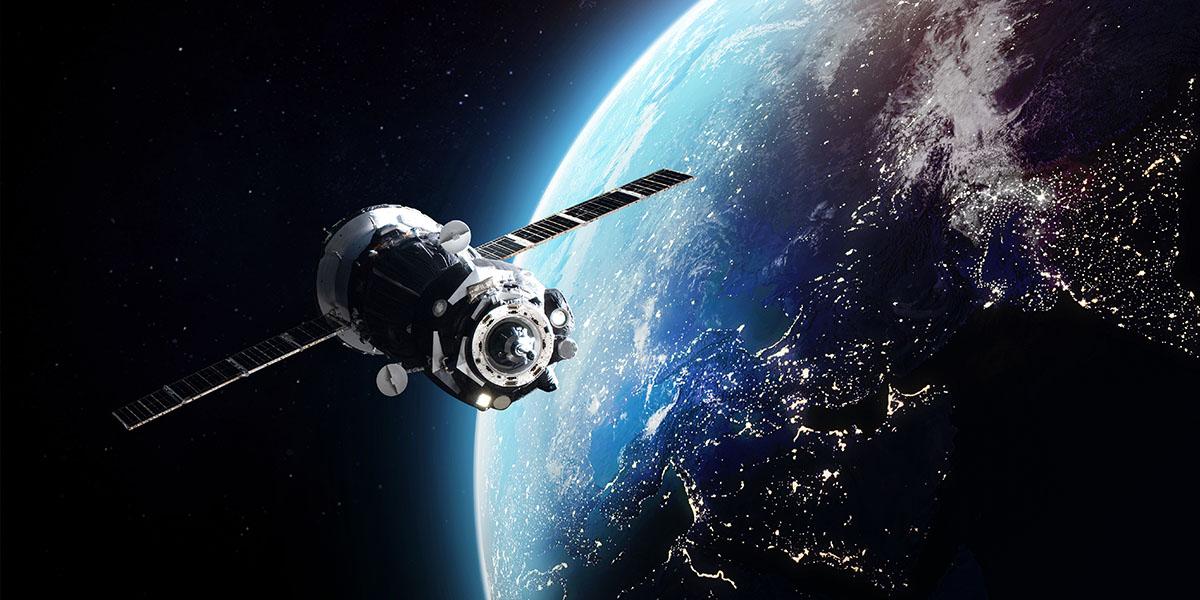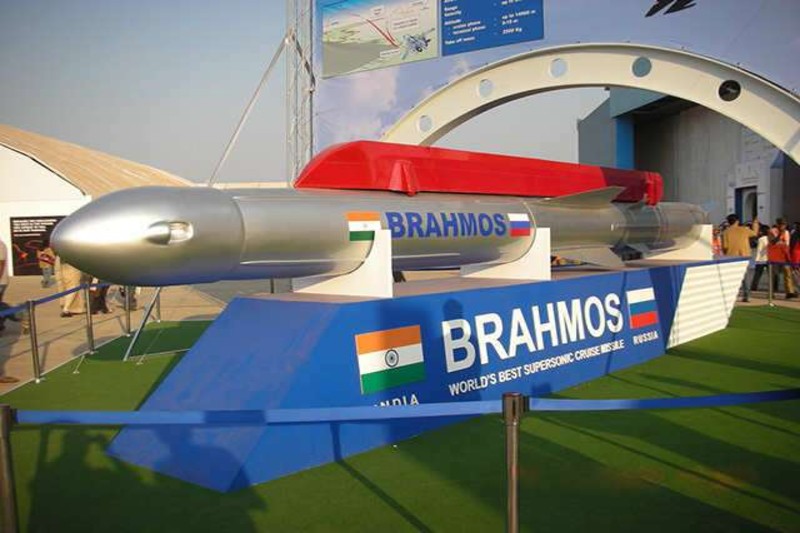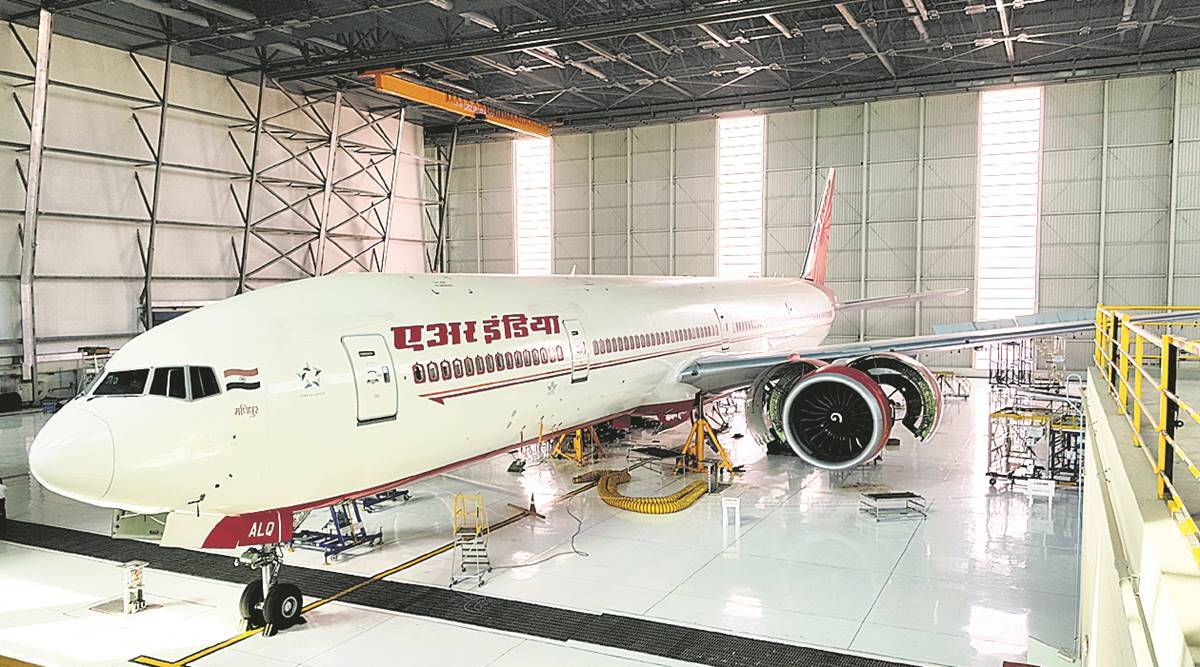Waterproof Carbon Fibre Drone Technology - A Comprehensive Review
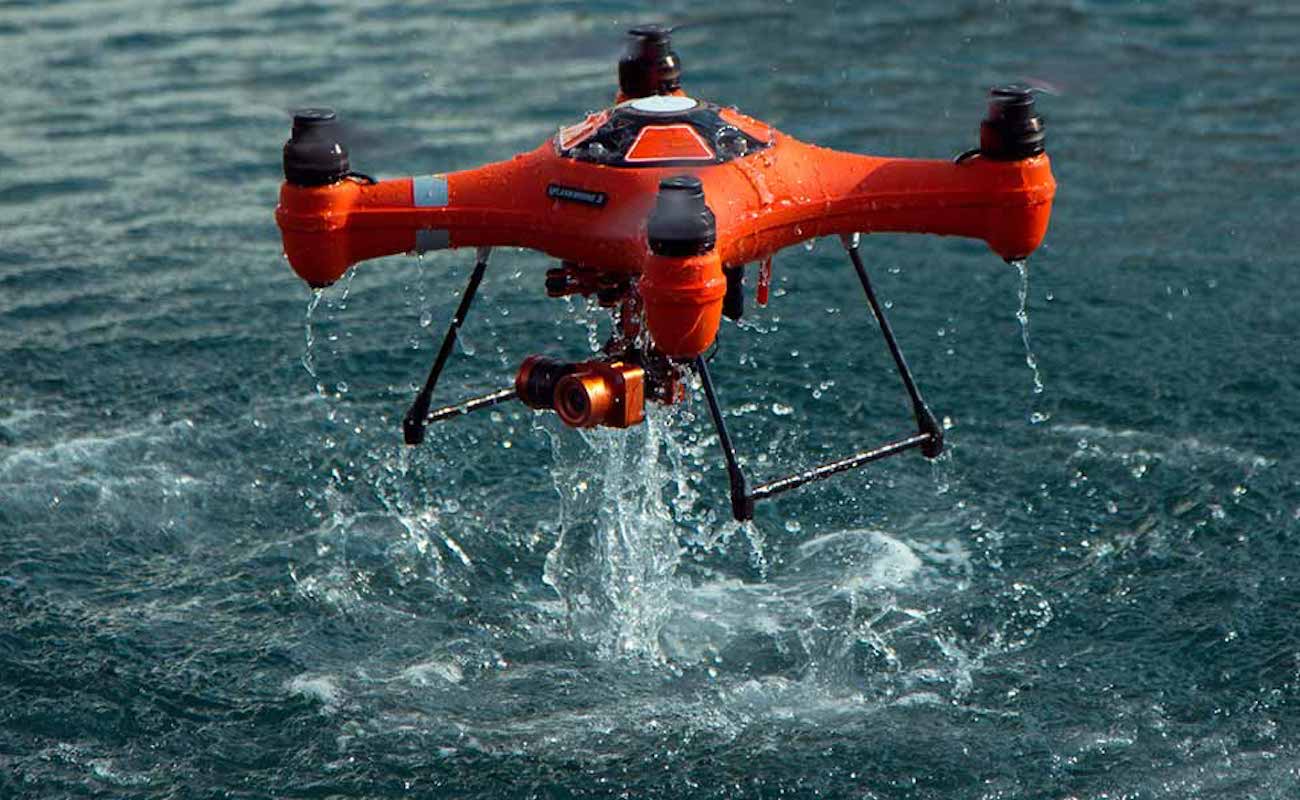
“Drones are lightweight aircraft platforms that can be purchased "ready to go" or assembled and customised by the consumer and fitted with integrated sensors, such as cameras or laser scanners, in the sense of conservation and research. Occasionally, the platform is purchased without integrated sensors and then modified to hold sensors for various applications, such as thermal imaging for detecting nocturnal animals or multispectral/hyperspectral sensors for use in plant science. Drones come in a variety of shapes and sizes, and they're made by a variety of companies.”
Many models can be configured to fly along ‘waypointed' (GPS-guided) routes for conducting comprehensive aerial surveys, similar to what a piloted survey aircraft would do. Many modern consumer drones have autopilots, which enable non-expert pilots to fly the aircraft because they have excellent control and stability in flight. Drones may have multiple rotors or have a fixed wing. What type of platform is best for surveys depends on the application and the geographic environment?
Carbon fibre is a new generation of reinforcing fibres that combines the inherent intrinsic properties of carbon materials with the soft processability of textile fibres. Organic fibres are carbonised and graphitized to produce carbon fibre, a microcrystalline graphite content. The carbon fibre has a layered graphite structure with a microstructure close to that of artificial graphite. Thousands of smaller carbon fibres, measuring 5 to 8 microns in diameter, make up each carbon fibre. Carbon fibre is made up of a layer of carbon atoms arranged in a hexagonal pattern, identical to graphite at the atomic level.
The distinction between the two is in the layer connections. Carbon fibres are not crystalline structures with irregular interlayer bonding, whereas graphite is a crystal structure with loose interlayer bonds. This reduces the slip-enhancing material's strength. Carbon fibre has a density of 1750 kg/m3 on average. Carbon fibre has a high thermal conductivity but a poor power transmission capability, and its specific heat capacity is also lower than copper. The carbon fibres thicken and shorten as they are heated. Carbon fibre can be coloured in a variety of colours, despite its natural black colour.
Perks of a drone
The drone computer does not have a cockpit, but it does have autopilot and programme control devices mounted. For monitoring, positioning, remote control, telemetry, and digital transmission, personnel on the ground, on the ship, or at the remote-control station of the parent machine are fitted with radar, among other things. As compared to manned aircraft, it has the following advantages: small size, low cost, ease of use, low operating environment requirements, and high battlefield survivability. Drones are becoming increasingly important in future air fighting, and major military countries around the world are accelerating their drone production.
After people fly into the atmosphere, another significant technical development is the use of automation in aircraft driving. A drone is an unmanned aircraft that is piloted using a radio remote control or its own software. He is mostly used in modern warfare since he is a focused carrier of high-tech technology. Modern warfare has become a three-dimensional conflict between open space and the sea, with tanks, cannons, helicopters, and warships cooperating organically. It is unrivalled in terms of advanced technology, lethality, and risk. The drone's small size, light weight, good manoeuvrability, long flight time, and ease of concealment distinguish it.
It is particularly suitable for carrying out dangerous tasks because it is autonomous, so it is being used in modern warfare. It is becoming increasingly relevant. Drones, for example, played a critical role in reconnaissance and surveillance, interfering with enemy radar communication systems, and directing their own offensive weapons during the Battle of the Bekaa Valley in 1982 and the Gulf War that erupted in 1991.
Why Would You Need A Camera-Capable Waterproof Drone?
This is a question that recreational users often pose. The majority of these people, and even businesses, use them for entertainment and footage. Many that provide drone services for weddings are unlikely to be available if it rains. Photographers, both professional and amateur, would not fly their drones in the snow. The primary reason for the creation of waterproof drones is for commercial purposes. There may be an out-of-service power line that needs to be observed from afar. Drones may also be sent into areas that are dark or damp. This could happen in a mine, on a construction site, or in a related industry.
Do These Drones Have Any Special Skills?
A camera-equipped waterproof drone would have unique capabilities. This may involve a high-tech FPV controller with real-time data. The gimbals that are commonly used have two axes. While being less advanced than a three-axis gimbal, it is waterproof and can withstand splashes, rainstorms, and melting snow. This form of drone has a relatively high price tag. It may also be missing any advanced features that you prefer. Some people can do 360-degree flips. These, on the other hand, often lack a camera and have a restricted range and flight time.
Before purchasing a drone, you must first understand why you need one. Examining drone feedback is also beneficial. Consider why you need it, as well as when you want it shipped.
Are These Amphibious Landing Capable?
These drones have the ability to land on water. There are a few that are superior to most. It is suggested that you choose one with four rotors. It's simply easier for a quadcopter to take off from a liquid surface than it is for any other kind of drone. The ProDrone PD4-AW is an example of this. It's a well-made drone from a reputable Japanese company. Despite the fact that it may be used for recreational purposes, it is most likely intended to have technical capabilities.
A waterproof drone with camera is a good option if you're worried about your drone getting wet and being destroyed. These can be reasonably priced, but as the price drops, those features are lost. If you want to get great footage or land on the water, these factors will help you make a decision. Reviews are needed for any drone that you buy. You should think about their ads and social evidence. You will, at the very least, have a drone that is unaffected by bad weather. Purchasing a waterproof drone would likely save you thousands of dollars, particularly while flying long distances.
The presence of water and spatially/temporally variable surface structures (e.g. waves, whitecaps) in aquatic environments can cause uncertainty in drone data, making it difficult to stitch images together or produce high-quality imaging items. To solve the issue, cutting-edge research is being conducted using ‘fluid lensing' (i.e. “using water-transmitting wavelengths to passively image underwater objects at high-resolution by manipulating time-varying optical lensing events triggered by surface waves” (Chirayath and Earle, 2016)). To model the effect of surface motion on remotely sensed signals, this technique uses experimental complex algorithms.
Many conservationists are unlikely to be able to afford it right now, but it may become part of more common marine production workflows in the future. On the other hand, if ideal conditions exist, such as low wind, conservationists can reap significant benefits from drone data. The shallow nature of many reefs means that the reef structure can be effectively sensed from drones in calm conditions, which is why coral reef scientists have embraced the drone technique.
Major Market Highlights:
- Although most racing drones are made of carbon fibre because of its light weight and strength, they usually use flat sheets. When it comes to drone racing, a couple of Russian engineers wanted to push carbon fibre to the next level. They designed the Nimbus 195, which is a drone with a completely enclosed carbon fibre monocoque shell. Although most racing drones are made of carbon fibre because of its light weight and strength, they usually use flat sheets. When it comes to drone racing, a couple of Russian engineers wanted to push carbon fibre to the next level. They designed the Nimbus 195, which is a drone with a completely enclosed carbon fibre monocoque shell.
- Aeromao, a Canadian unmanned systems manufacturer, developed and produced the Aeromapper Talon unmanned aerial vehicle (UAV). In March of this year, the fixed-wing UAV's amphibious version was unveiled. The unmanned aircraft, which is designed to conduct maritime operations, is self-contained and capable of taking off or landing on large bodies of water.
- Tundra-M is a customisable drone developed by Hexadrone for defence and rescue applications. Hexadrone has completed all of the necessary testing for the drone's R&D process, including flight, assembly/disassembly, and landing tests. Tundra-M is Hexadrone's first completely modular, easy-to-use drone for multi-purpose tasks, with a robust, waterproof design that makes it suitable for severe weather conditions. The Tundra-M is extremely adaptable thanks to its quickly detachable weapons.
Conclusion: Versatility and low-cost automation
In principle, carbon fibre composites can be used to make or fabricate almost anything. However, some objects are easier to fabricate than others in practise. A carbon fibre tube, for example, is much easier to make than an aeroplane wing. However, this is evolving.
Our industry is exploring new ways to use composites that meet a variety of needs in terms of power, toughness, scale, and scope thanks to new research into nanocomposites and closed mould infusion. As our understanding of composites expands, we're seeing carbon fiber's versatility grow exponentially. The adaptability would pave the way for electric vehicles, larger aircraft, and other innovations in the future.



